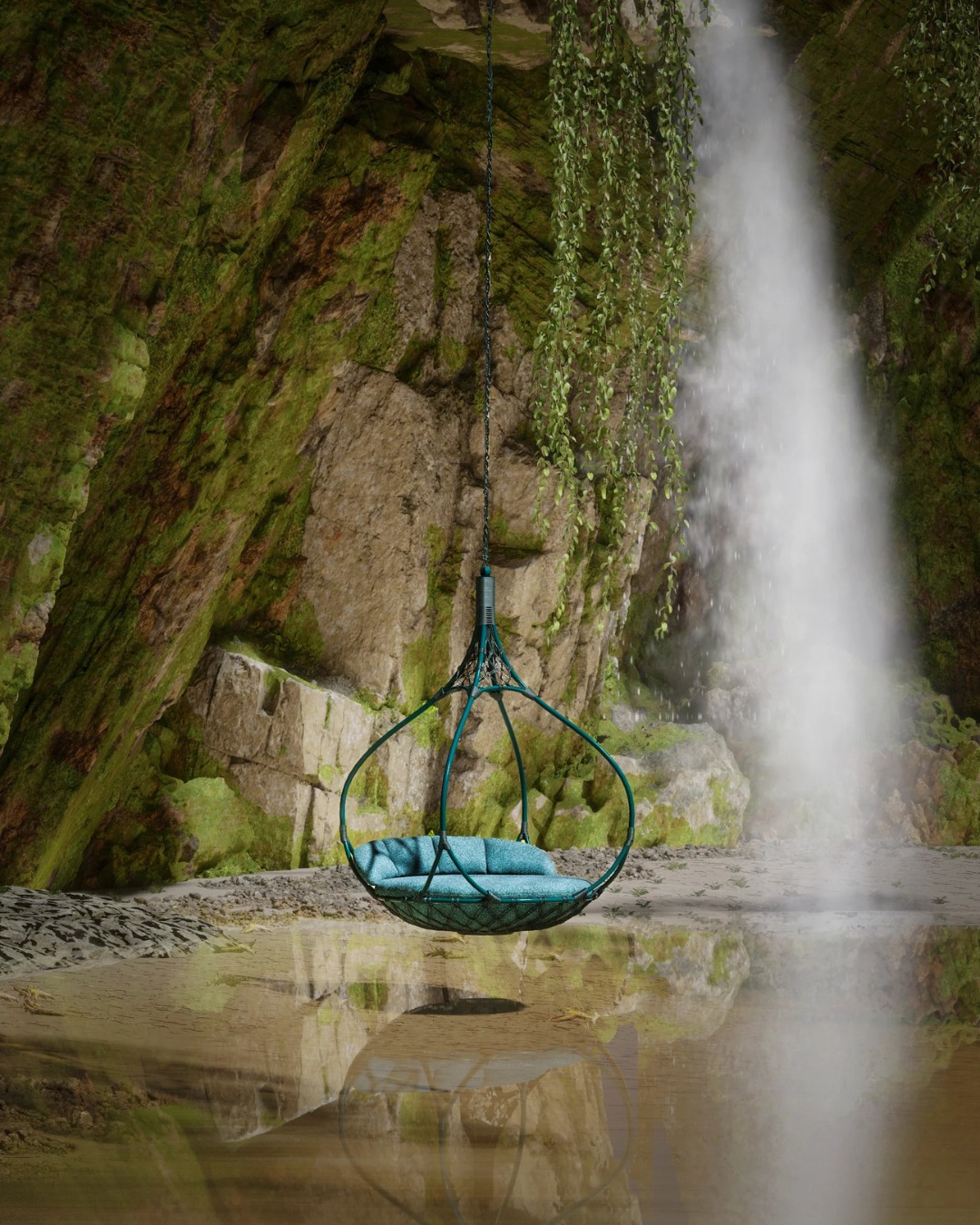By Kedric Francis
Photos by Brett Hillyard
Orange County cousins dive deep to clear Emerald Bay of the metal remains from a bygone era.
Emerald Bay is the jewel of the California coast, and one of the most picturesque places in the world in which to live. Residents of the immaculately-kept private enclave might be surprised, then, that their neighbors Nick and Colin Johnson have collected some 900 pounds of debris that has littered the iconic locale for decades.
If you have “Emerald Bay” in your address, you can be forgiven for not having noticed: the mess was beneath the surface of the bay. Still more lies off shore: lead weights, spark plugs (they served as inexpensive weights), and fishing line that are the remnants of an era when the Laguna Beach coast drew fishermen and women, casting their lines into the sea from the beach, historic piers, and rocky points.
That era ended in 2012, when Emerald Bay and the Laguna Beach coast became part of the largest “no-take” marine protected area in Southern California, encompassing some 14 square miles of coastal habitat from Corona del Mar State Beach to Dana Point.
“It’s a pretty crazy amount of lead, just from one point,” Colin says of the southern point of Emerald Bay, where the cousins focus their efforts. They find the most lead on the seabed beneath rocky overhangs there, areas where fishing lines got snagged and lures and weights lost through the years. They think there may be even more metal in the waters around the north point of the cove, but the cliff debris in the water on that side of the bay makes it difficult to see and recover it. How much lead remains in Emerald Bay? “Literally tons,” Nick says. “Now, multiply that by the entire coast.”
“Growing up, it almost wasn’t worth snorkeling in Emerald Bay,” Colin recalls, at least as far as abundant sea life was concerned. “You’d maybe see some Garibaldi,” the bright orange damselfish that is the California state marine fish.
During the pandemic, Colin started swimming and snorkeling two to three times a day in Emerald Bay while preparing to pursue a PhD in Chemistry. Colin’s father used to tell stories about how rich the waters were back in his day. Now, Colin saw for himself that the diversity had returned.
“I’ve seen green sea turtles, butterfly and bat rays, white sea bass, yellow tail, and barracuda,” he says, just a few of the dozens of marine species he’s seen in recent months. “I’ve come to appreciate the biodiversity I see out there now.”
But his daily swimming and free diving revealed something else in the emerald waters of the bay: lead, and lots of it. He started picking up the weights, stashing them in his pockets.
“Once I saw it, I couldn’t just swim by it,” Colin says. “It’s coming with me.” He told his cousin, Nick, who also grew up living in Emerald Bay, what he was doing.
“We just need to go get it all,” Nick said. With a background in free diving (and a degree in finance from Claremont McKenna College), Nick “MacGyvered” a system of buoys and dive bags, using neutral buoyancy to significantly increase the lead the diving duo collected.
“I love projects,” he says. “This was a great way to spend COVID-19 quarantine, having fun and getting a workout with my cousin, while having a positive impact on the environment.”

Nick Johnson holding one piece of lead out of the 900 pounds-plus he and his cousin Colin have removed from the Emerald Bay seabed. The cousins know that, while fishing has been banned within the marine protected area since 2012, the lead weights still in the ocean are slowly degrading. The metals will continue to “bioaccumulate and damage the marine environment,” Colin says.
“It is very easy for people to think ‘someone else will pick that up,’ but when everyone thinks that, no one actually does it,” Colin Johnson says, not only of the lead he and Nick collect, but of the plastic, Styrofoam, and other debris we all see on beaches. “If we all adjust our mindsets to take just a little bit more responsibility and action, we can not only have a big impact, but most importantly, a persistent impact.”
Soon, the cousins were coming out of the water with dive bags full… Of what? Their beach-strolling neighbors wondered. “They thought we were poaching,” Nick says.
Now, the young men hope to collaborate with an artist to up-cycle the 900 pounds of lead lures, sinkers, and spark plugs they’ve cleared from the seabed into a piece of public art, a symbol of the ongoing need to protect the marine environment. “Hopefully a person or two will be inspired too see that picking up one piece of trash or one lead weight does matter and does have a tangible positive impact. Who knows, someone might see you doing it, and start picking up a piece or two themselves,” he says. “So we can have healthy, thriving ecosystems to share with the next generation.”
“It is very cool to see how nature can bounce back,” Colin says of the vibrant life they see in the waters of Emerald Bay. “But it desperately needs to be given the opportunity to do so.”



























